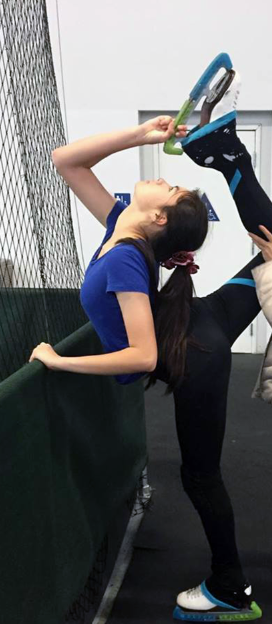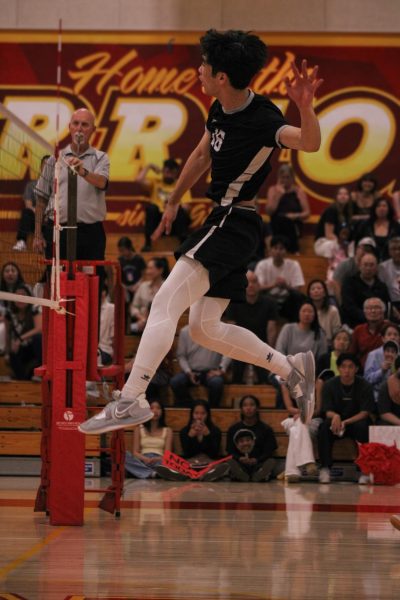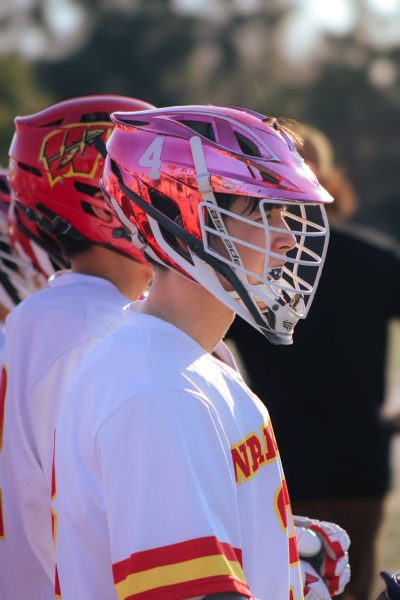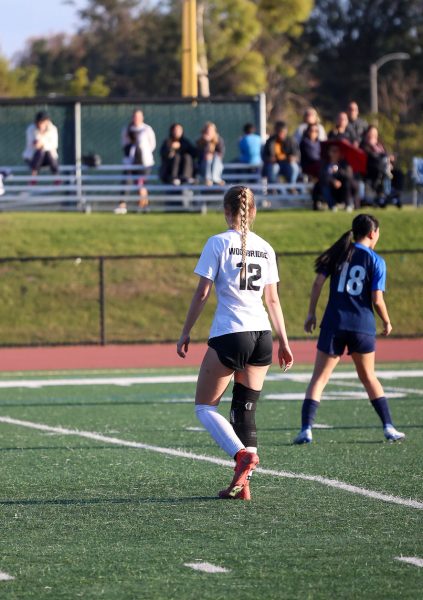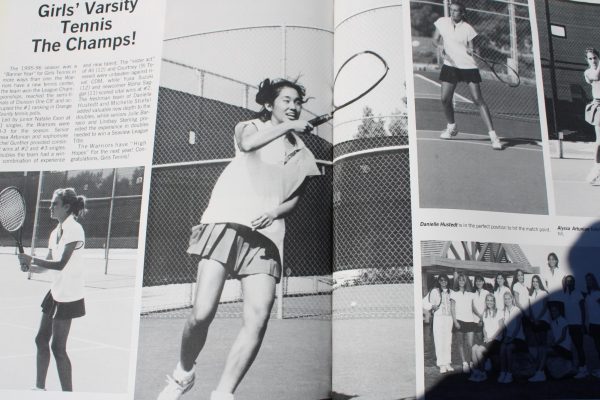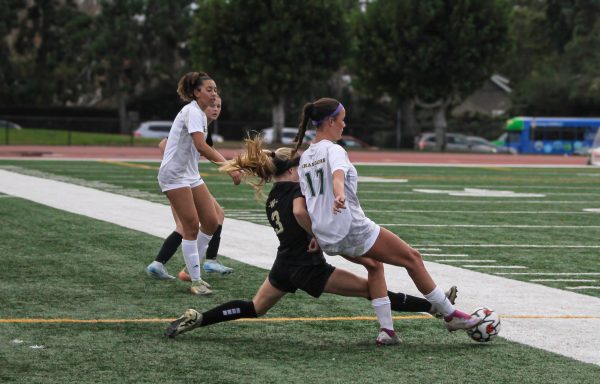Profile of a competitive skater: the beauty and trials of ice skating
Sophomore Claire Verhagen stretches her rih le in preparation for her ice skating routine in a facility a Lakeview, California
With skate blades twisting in elaborate patterns, figure skater and sophomore Claire Verhagen seems to effortlessly glide on the slippery surface of both the ice rink and school. But behind the polished routine lies countless hours of work.
“I start an off-ice warm-up, which is basically just making sure all your joints and muscles are warm, so like ankle rolls and neck rolls, as well as off-ice jumps and landing positions, which focus on posture,” Verhagen said.
As a result of her detail-oriented practices, Verhagen won several competitions including both local and international events hosted by the Ice Skating Institution. Verhagen has also successfully participated in ice theatre, a hybrid of dance and ice skating, with her team placing seventh nationally in 2015.
“As it was our second year competing, I felt that we did a pretty great job,” Verhagen said. “I found that to truly be a good team, you have to trust each other, especially on the ice. You have to trust that everyone will know what they’re doing and [will] not slice you in the leg.”
Another aspect of Verhagen’s training routine involves cultivating Verhagen’s artistic ability. Ice skating requires mastery of both technical skills and the ability to express a story through a performance.
“I help to see that performing her programs is much like becoming an actress,” figure skater and coach Shotaro Omori said . “For example, her program this year is from the movie “The Nightmare Before Christmas.” I ask her questions like, ‘What emotion do you intend to portray and what kind of movement would Jack Skellington do? How about the Oogie Boogie Man?’ We have such a blast developing our character and artistic sense!“
To reap such rewards, Verhagen had to cope with physical and mental barriers such as her height of 5 feet 7 inches. As dictated by physics, she is subject to harder falls and slower rotations than the average 5-foot-4-inch tall female freestyle skater on the ice rink. Mentally, she experiences days when her skills seemed to stop progressing.
“One experience with Claire was when we were at a test session where Claire was required to perform a set of elements and skills in front of a panel of judges,” Omori said. “With a panel of three judges watching every move and looking for any wobble or misstep, I could sense Claire doubting herself and her abilities. At this point, I knew that Claire had worked extremely hard and was ready to perform, but I could see Claire’s body language shrink and confidence diminishing.”
Despite the brief lapses in confidence, she was able to overcome her test successfully. These falls, both literal and figurative, have contributed to her growth as an ice skater.
“I remember Claire was especially determined because she was not afraid to fall!” Orange County School of the Arts sophomore Amy Huang said. “I can tell that Claire really does enjoy skating, even though it is a huge time commitment.
Your donation will support the student journalists of Woodbridge High School. Your contribution will allow us to purchase equipment and cover our annual website hosting costs.
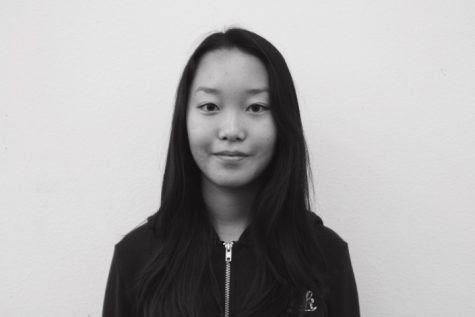
Hi everyone! The Golden Arrow has been a huge part of my life for the last three years here at Woodbridge: it’s been my community and place of inspiration....



